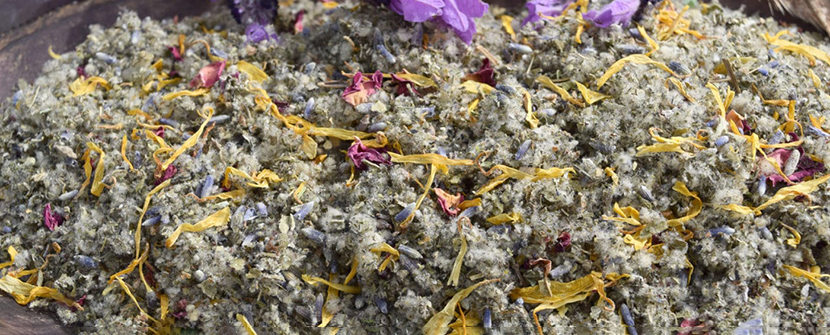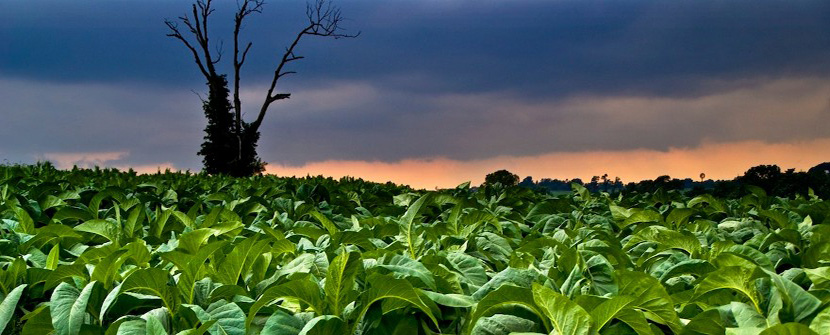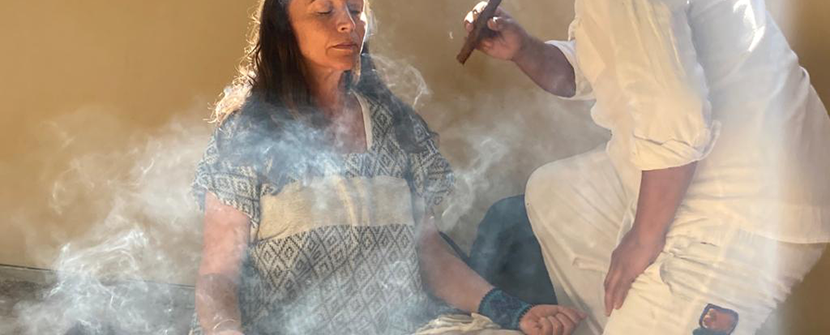If you love mushrooms and want to make some extra money, growing gourmet and specialty mushrooms for profit might be a great idea for you. Mushrooms are in high demand, especially the exotic and delicious varieties that are hard to find in supermarkets. You can grow them at home, in a small space, with minimal equipment and investment. And you can sell them to local restaurants, farmers' markets, or online customers who appreciate quality and freshness.
In this blog post, I will share with you some tips and tricks on how to start your own mushroom business, from choosing the right mushroom species, to setting up your growing area, to harvesting and marketing your products.
Choosing the Right Mushroom Species
There are hundreds of edible mushroom species in the world, but not all of them are suitable for commercial cultivation. Some are too difficult to grow, some are too expensive to produce, and some are not very popular among consumers. You want to choose a mushroom species that is easy to grow, has a high yield, and has a good market value.
Some of the most popular gourmet and specialty mushrooms that you can grow for profit are:
Oyster mushrooms: These are one of the easiest and fastest mushrooms to grow. They come in different colors and shapes, such as white, gray, pink, yellow, blue, and king oyster. They have a mild and nutty flavor, and a tender texture. They can be used in soups, salads, stir-fries, pasta dishes, and more.
Shiitake mushrooms: These are one of the most widely consumed mushrooms in the world. They have a rich and smoky flavor, and a meaty texture. They are often used in Asian cuisine, such as soups, noodles, dumplings, and stir-fries. They can also be dried and stored for later use.
Lion's mane mushrooms: These are one of the most unique and exotic mushrooms you can grow. They have a white and fluffy appearance, resembling a lion's mane. They have a mild and sweet flavor, and a texture similar to crab meat. They are great for making vegetarian dishes, such as burgers, nuggets, or crab cakes.
Reishi mushrooms: These are one of the most medicinal mushrooms you can grow. They have a red and woody appearance, resembling a conk or a shelf fungus. They have a bitter and earthy flavor, and a tough texture. They are not usually eaten fresh, but rather brewed into tea or extracted into tinctures or capsules. They have many health benefits, such as boosting immunity, fighting inflammation, and improving mood.
Setting Up Your Growing Area
You don't need a lot of space or equipment to grow gourmet and specialty mushrooms for profit. You can use a spare room, a basement, a garage, or even a closet as your growing area. The main requirements are:
Temperature: Most mushrooms prefer a temperature range of 55 to 75 degrees Fahrenheit. You can use a heater or an air conditioner to regulate the temperature in your growing area.
Humidity: Most mushrooms need a high humidity level of 80 to 95 percent. You can use a humidifier or a misting system to maintain the humidity in your growing area.
Ventilation: Most mushrooms need fresh air exchange to prevent carbon dioxide buildup and mold growth. You can use a fan or an exhaust system to provide ventilation in your growing area.
Light: Most mushrooms don't need much light to grow, but some may benefit from indirect or artificial light to stimulate fruiting. You can use a window or a fluorescent lamp to provide light in your growing area.
Harvesting and Marketing Your Products
Once your mushrooms are ready to harvest, you need to carefully cut them off the substrate (the material they grow on) with a sharp knife or scissors. You want to avoid damaging the substrate or the mushrooms themselves. You also want to harvest them before they become too mature or overgrown.
After harvesting your mushrooms, you need to clean them gently with a damp cloth or paper towel. You want to remove any dirt or debris from their surface. You don't want to wash them with water or soak them in water, as this will make them soggy and spoil faster.
You can store your fresh mushrooms in paper bags or cardboard boxes in the refrigerator for up to a week. You can also dry them in a dehydrator or an oven at low temperature for longer storage.
To sell your mushrooms for profit, you need to find your target market and customers. Some of the best places to sell your mushrooms are:
Local restaurants: You can contact local chefs who specialize in vegetarian or ethnic cuisine and offer them samples of your mushrooms. You can negotiate the price and delivery terms with them.
Farmers' markets: You can set up a booth at your local farmers' market and display your mushrooms attractively. You can offer samples and recipes to your customers and educate them about the benefits and uses of your mushrooms.
Online platforms: You can create a website or a social media page for your mushroom business and showcase your products and testimonials. You can also use online platforms such as Etsy, eBay, or Amazon to sell your mushrooms directly to customers.
Growing gourmet and specialty mushrooms for profit can be a fun and rewarding hobby or a side hustle. You can enjoy the process of cultivating your own mushrooms, as well as the taste and health benefits of eating them. You can also make some extra income by selling them to people who appreciate quality and freshness.
Product Ad
Product Ad
Successful businesses have many things in common, today we’ll look at the big ‘R’of recognitional advertising network may help.
Recognition can be illustrated by two individuals entering a crowded room at a party.



